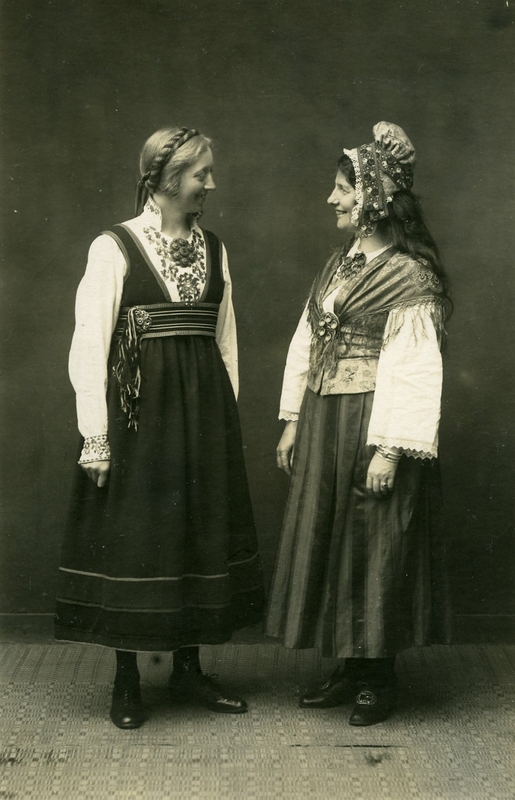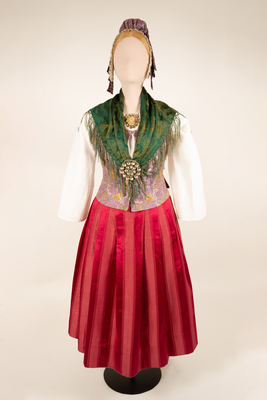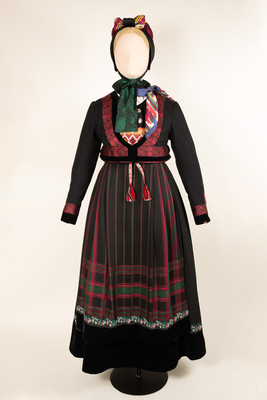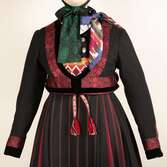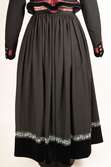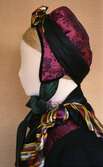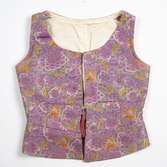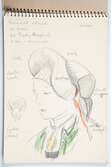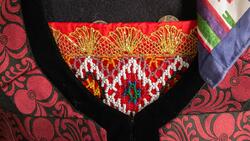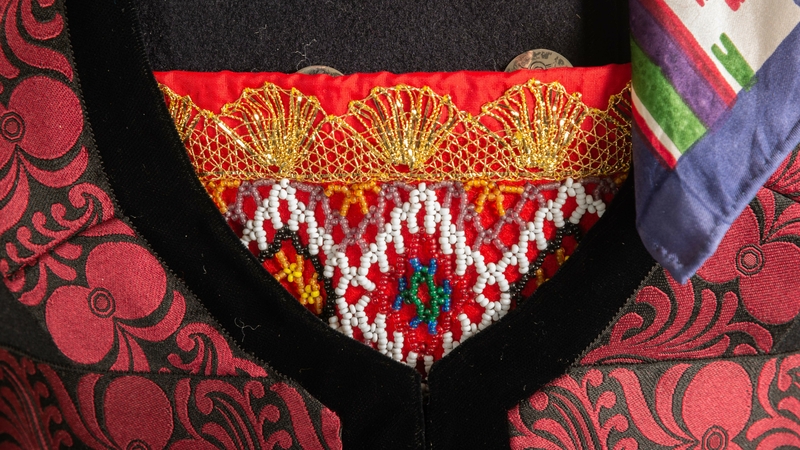
Klara Semb (1884-1970)
Klara Semb markerte seg som ein kritikar av broderte bunader og søkte i større grad tilbake til dei gamle folkedrakttradisjonane. På same tid hadde ho si eiga oppfatning av korleis ein bunad skulle sjå ut.
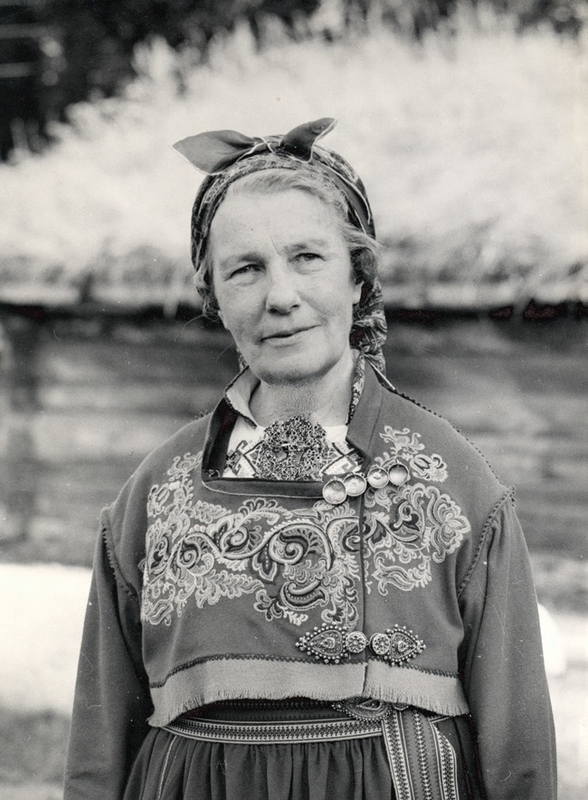
Klara Semb vart fødd i Kristiania, men hadde familiebakgrunn frå Hedmark og Østfold. Allereie som ung vart ho interessert i dans og vart med i leikarringen til Hulda Garborg, som ho lærte mykje av. Semb var ein av dei fremste dansepedagogane innanfor folkedans, og ho reiste landet rundt og underviste.
Semb vidareførte på mange måtar bunadarbeidet etter Hulda Garborg, men ho fekk tidleg ei anna oppfatning av korleis ein bunad skulle vere. Ho kritiserte dei «historielause, broderte bunadene» og ønskte eit større mangfald i fargar og mønster. Derfor oppmuntra ho folk til å ta opp att gamle drakttradisjonar heller enn å skape nye bunader, og ho var oppteken av at bunaden skulle sitje godt på kroppen, av historiske materiale og bruk av hovudplagg. Når ho var ute og reiste , dreiv ho med både folkedansundervisning og bunadrettleiing.
Semb utvikla etter kvart sterke meiningar om bunadarbeidet i landet, både når det galdt kvar enkelt bunad, og korleis arbeidet var organisert nasjonalt. Ho var ein uredd debattant i media, og dette gav henne mange meiningsmotstandarar.
Klara Semb sat i Landsnemnda for bunadspørsmål frå 1947 til 1965, og mange av bunadane som er i bruk i dag, er påverka av hennar ideal og arbeidet ho la ned.
Artikkelen er ein del av utstillinga Fyrstedamer i bunad.
Klara Semb was born in Kristiania (now Oslo), but her family background was from Hedmark and Østfold. She took an interest in dance at a young age and participated in Hulda Garborg’s folk dance groups, from whom she learned a great deal. Semb became one of the foremost dance teachers within folk dancing, and she travelled around the country holding classes.
In many ways, Semb continued Hulda Garborg’s work on bunads, but soon developed different notions of how a bunad should be. She criticized the “ahistorical embroidered bunads” and wanted a greater diversity of colors and patterns. She therefore encouraged people to rediscover old dress traditions rather than create new bunads, and she was ardent that a bunad ought to fit well on the body, be made of historical material, and that it include a headdress. On her travels she taught lessons in folk dance and gave guidance on bunads.
Gradually, Semb developed staunch opinions about work on bunads throughout the country, both when it came to the individual bunad and how the work was organized nationally. She was a fearless participant in media debates, a fact which made her many opponents.
Klara Semb sat on the National Council for Bunad Issues from 1947 to 1965, and many of the bunads in use today are influenced by her ideals and the work she invested in them.
This article is a part of the exhibition Leading Ladies in Bunad
